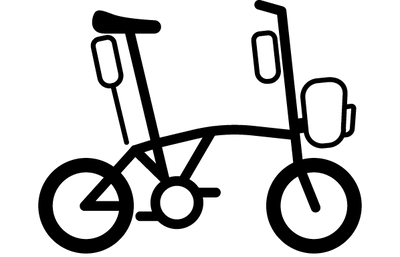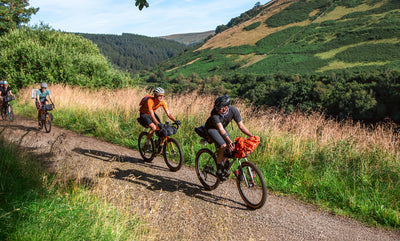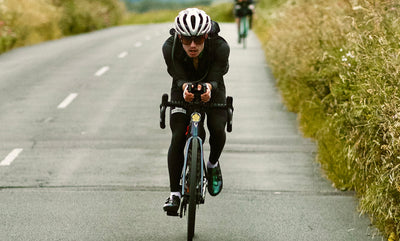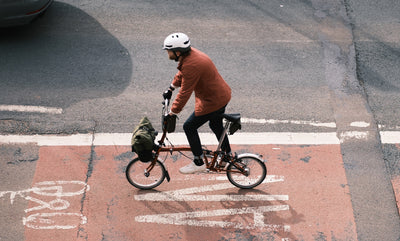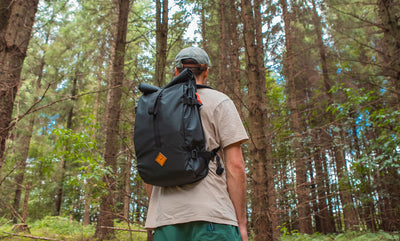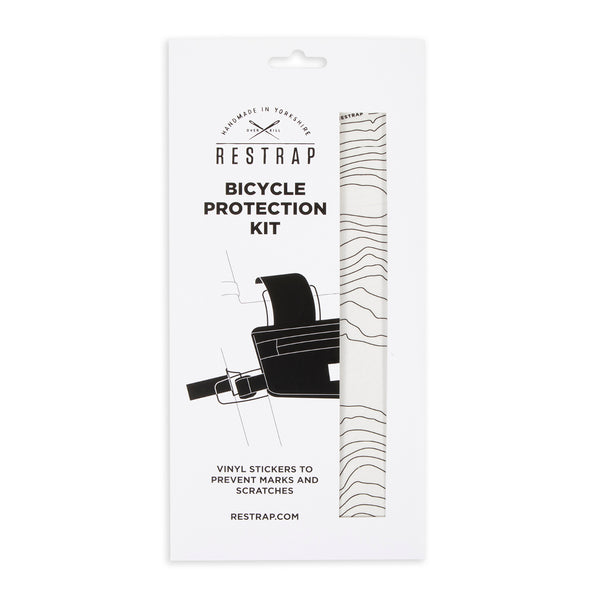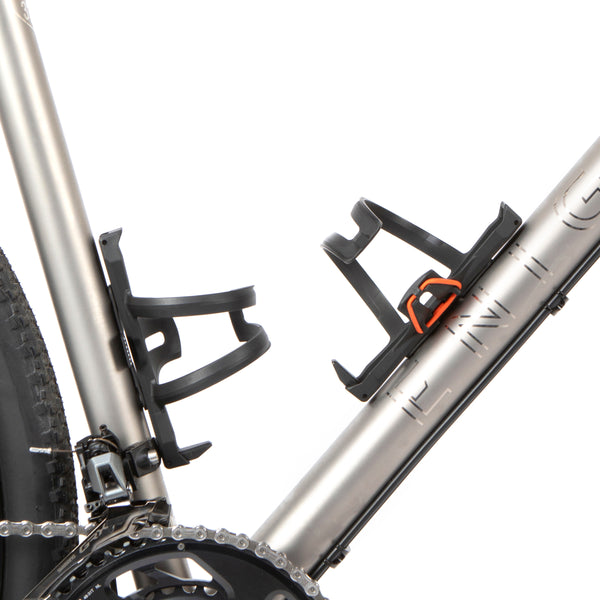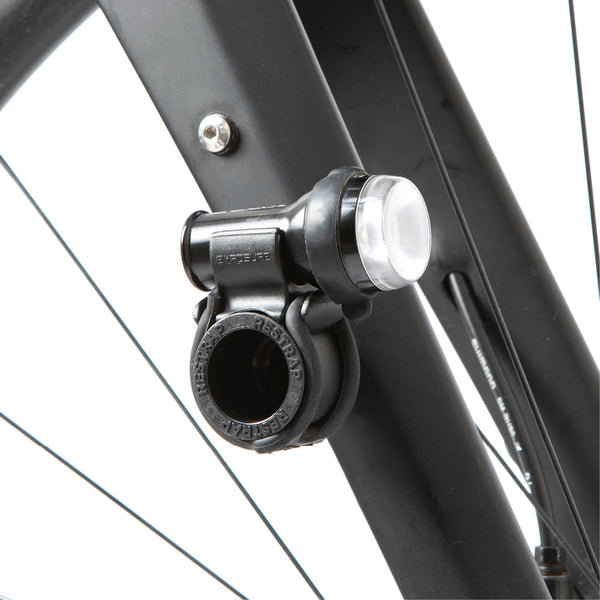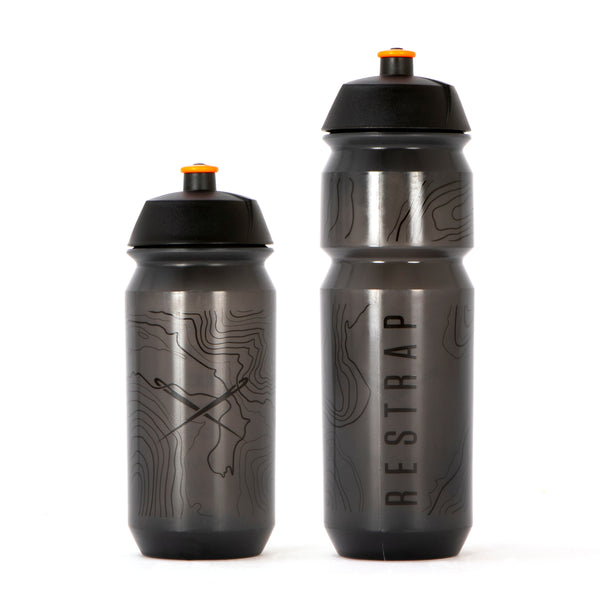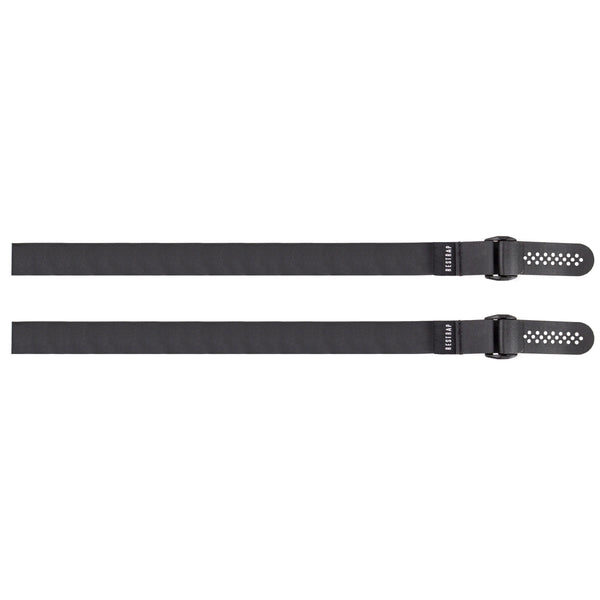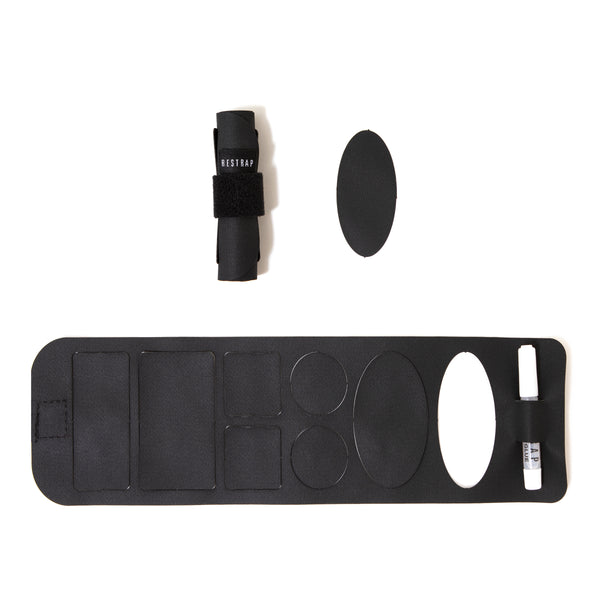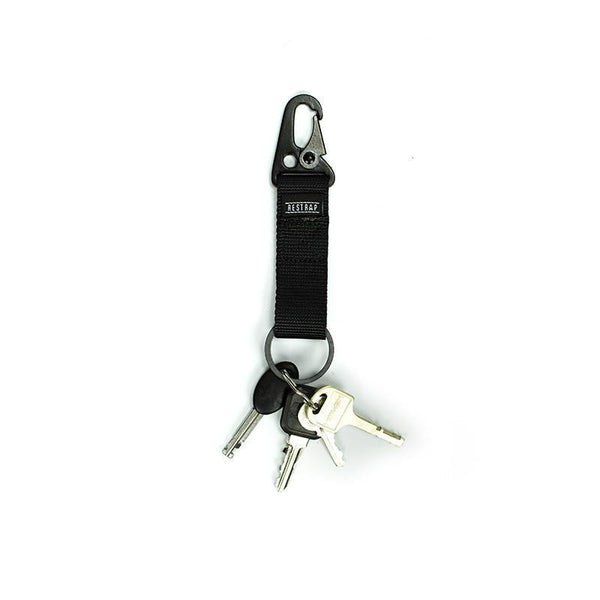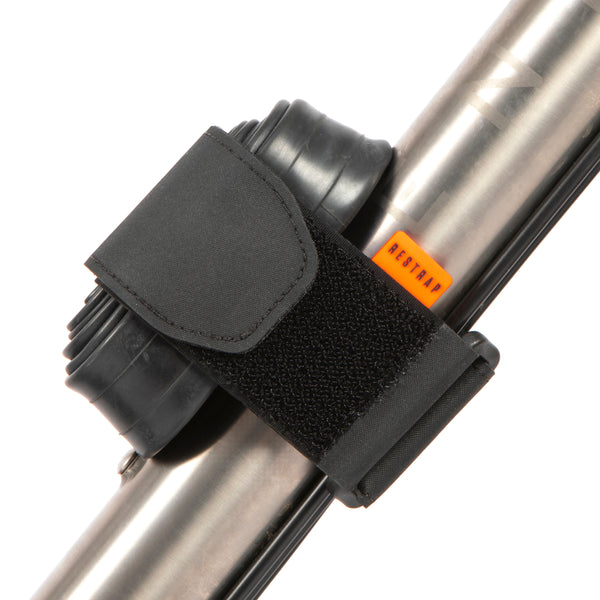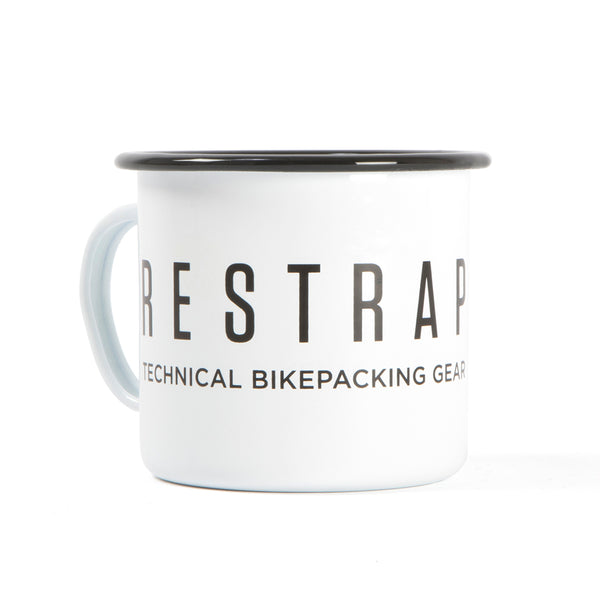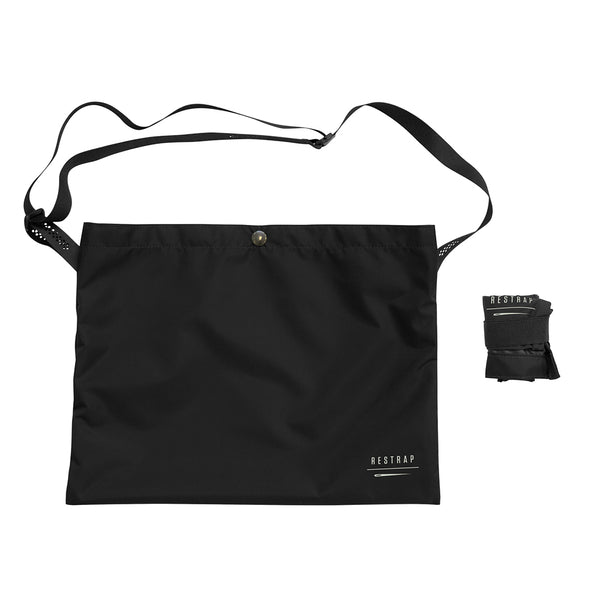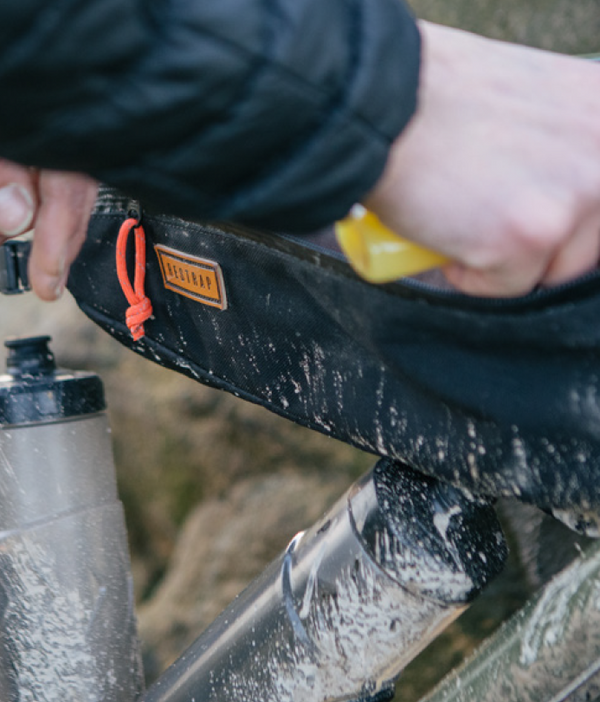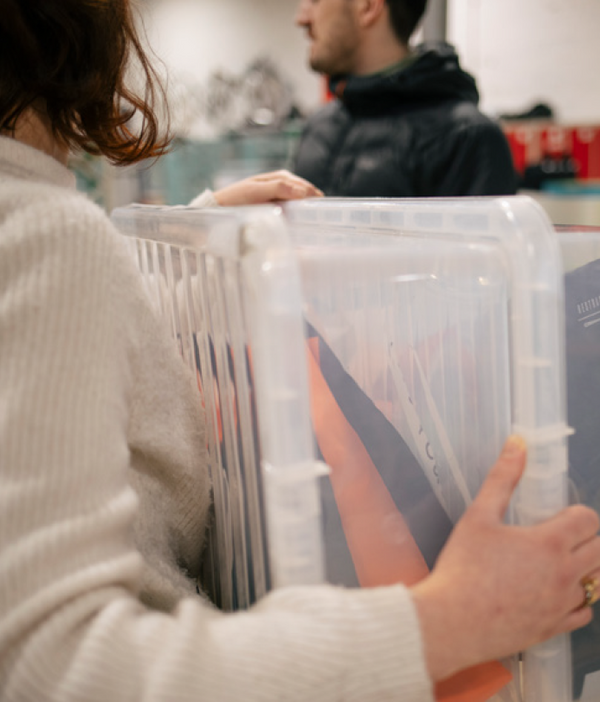Your cart is empty!
Cycling the long way across the Tagus river

As I cycled on, the view below my rotating feet remained largely unchanged: miles and miles of undulating asphalt, regularly cut in by long stretches of gravel and the occasional pothole. Above my head there was also not much that could serve as a reference for the passage of time, as sands traveling north from the Sahara desert had given the sky a uniform milky appearance.
All around me however, there was much to see. Lisbon’s busy streets had gradually given way to the quieter suburbs. Then, having crossed to the other side of the Tagus river, there was a never ending succession of green and yellow fields, where tractors and other mechanical contraptions incessantly laboured over crops. Far from any tourist hotspots, away from the limestone monuments and the fairy tale palaces, I was enjoying a glimpse into the capital’s backstage.

But let me start at the beginning. Say that you’re in downtown Lisbon and you want to go to Alcochete, a little fishing town on the south bank of the Tagus. The practical thing to do would be to drive through the Vasco da Gama bridge, a fifteen minute affair.
But say you want to cycle there: a bit more convoluted, but a scenic thirty minute ferry ride would take you there. But say you’re afraid of water or, like me, not in a terrible hurry. In that case you could first cycle north till you find the first cyclable bridge across the river and then cycle back south to Alcochete.
Since a timely arrival is not a priority, you can make it more interesting by using only gravel and back roads. The result? Two hundred and twenty kilometres (140 miles) of exceedingly impractical fun:
Unlike hiking, which is an avid but recent passion, I have been cycling for many years. While I occasionally venture on longer penances, most of my rides are shorter expiations. Recently however I came across the concept of “bikepacking”, a sort of lightweight touring and cycling’s latest fervour. As I have zero resistance to snazzy marketing ploys, I eagerly bought some bikepacking gear to try it out on my long way across the Tagus river.

The bikepacks fitted snugly onto my bike, allowing me to store my camera gear and a few overnight necessities. Anxious to try it out, I woke up early and quickly set off. The first few miles were made in a rush, zig-zagging through traffic instead of enjoying the scenery. Gradually though, I relaxed and settled into a more amenable pace.

Cycling is more mechanical and less contemplative than hiking. Instead of merely putting one foot in front of the other, there are gears to shift, brakes to pull, cars to watch out for. It is also harder to be alone, as the distances covered are greater and the routes more crowded. Some may prefer the more mechanical and communal nature of cycling, while others will be drawn to the contemplative solitude of hiking. Personally, and inspired by the infinite source for contemporary wisdom of Calvin & Hobbes, I enjoy both.

And I surely enjoyed this trip. Cycling through places is very different from driving through them. A car takes me from place A to place B. Everything in the middle turns into a blurry picture. Using a bicycle requires more time, but allows me discover places C, D and E along the way. These places turn into vivid memories, complemented by the smell of the passing trees and the sound of the wind rushing next to my ears.
Most of these places you’ll never find in a guide book. Póvoa de Santa Iria, for instance, is an unsuspecting Lisbon suburb. Yet, not far from its busy main road and rows of similarly looking apartment blocks, there is a wonderful little trail that runs alongside the riverbank. A bit further north, in Vila Franca de Xira, locals cycle and walk next to that same riverbank, enjoying the vastness of the Tagus estuary (the largest in Western Europe).

Coruche, where I spent the night, is best known as the world’s largest producer of cork. The epitome is likely of very little practical significance to most, so this admirable antique little town, part of Portugal since 1166, stands largely unnoticed. Coruche may be small, but its surroundings are not. On my second day, I spent the better part of the morning cycling past row after row of cork trees. These trees can live up to 200 years old, so many of them probably witnessed the early 19th century Portuguese civil war that pitched absolutists against constitutionalists.
As I made my way to Alcochete, the rural settings gave way once more to the suburbs. This once drowsy municipality grew immensely in the 90s, after the Vasco da Gama bridge connected it to Lisbon. Yet Alcochete’s old town hasn’t changed much, and is still home to fishermen and seagulls. As I sat on the dock of the bay, watching the tide roll away, I glanced at the watch and noticed I was about to miss the ferry back to Lisbon. Not a problem, I would catch the next one. I was, after all, in no hurry.

Follow Jules' and Verne's adventures on their blog



